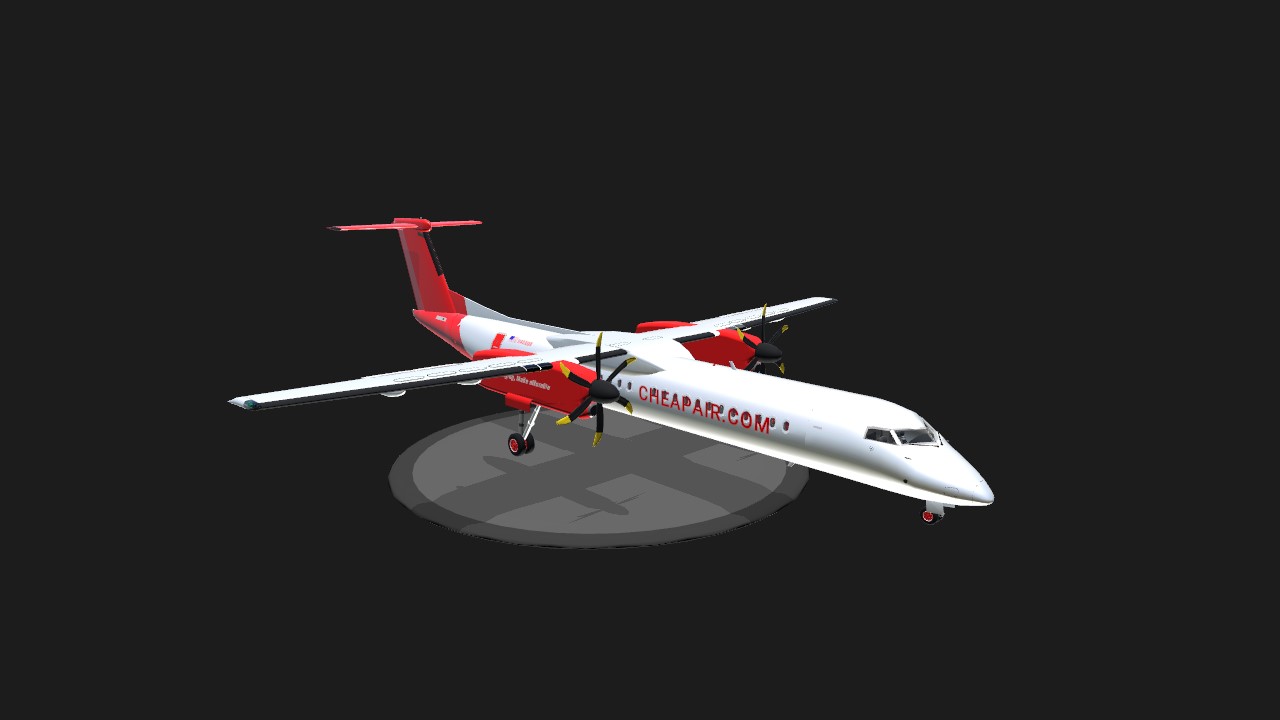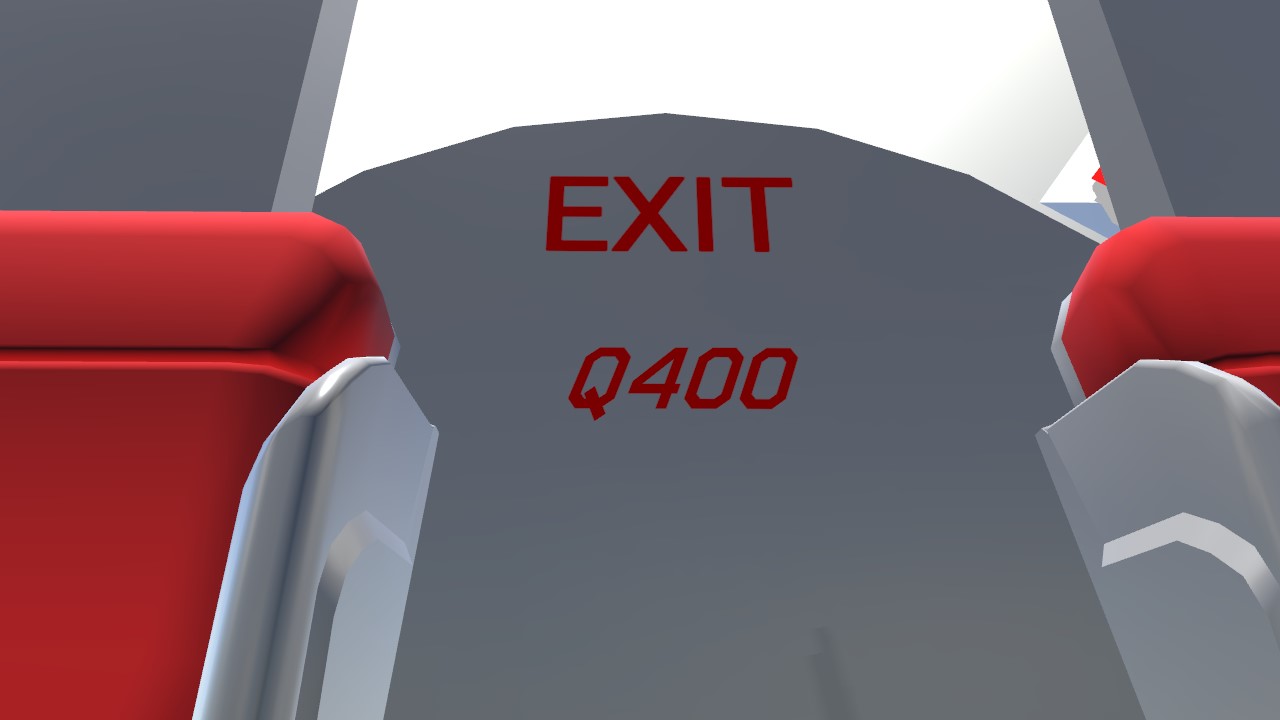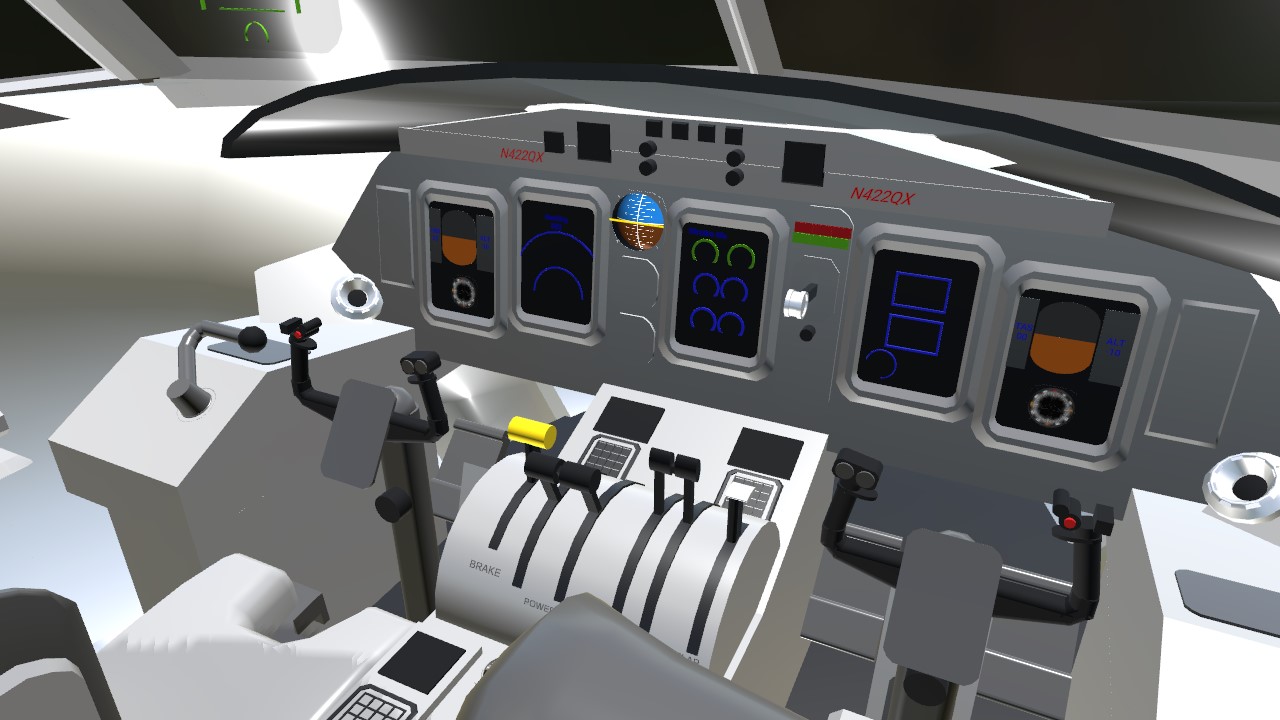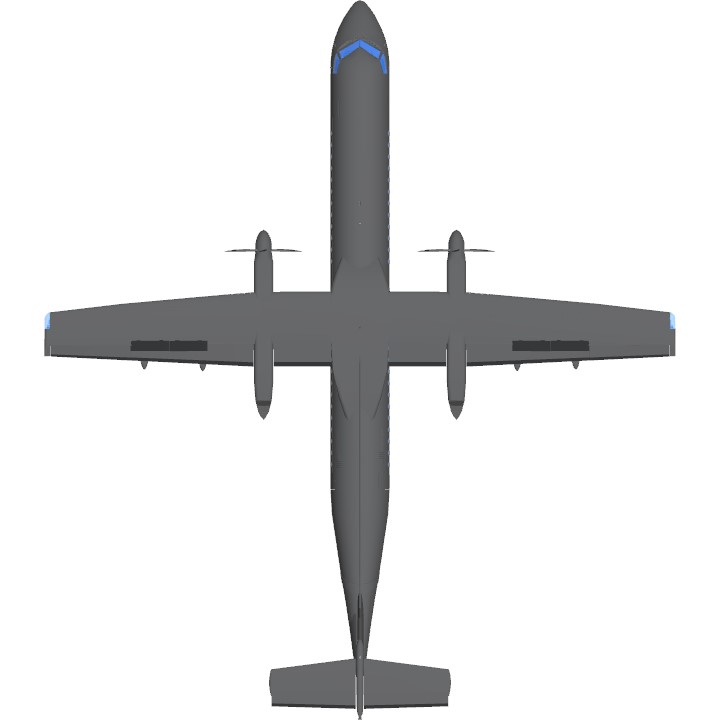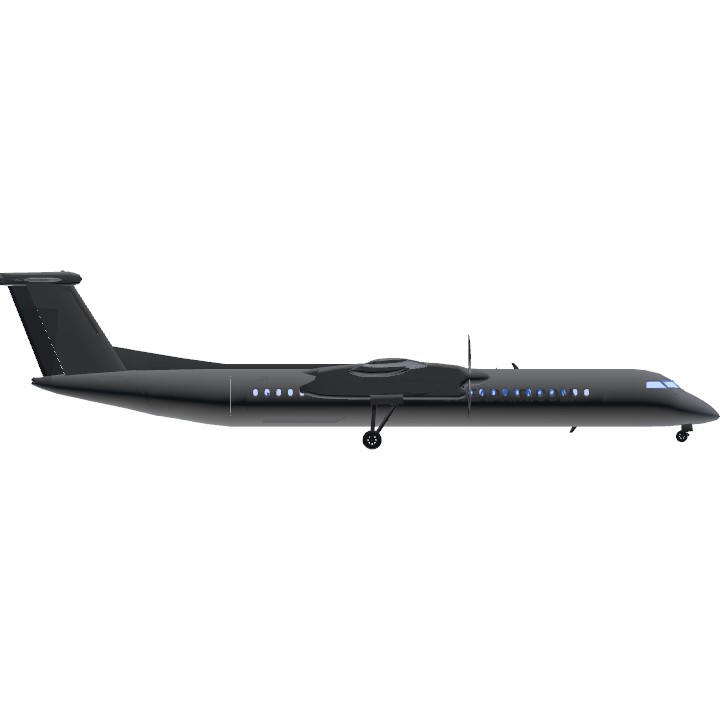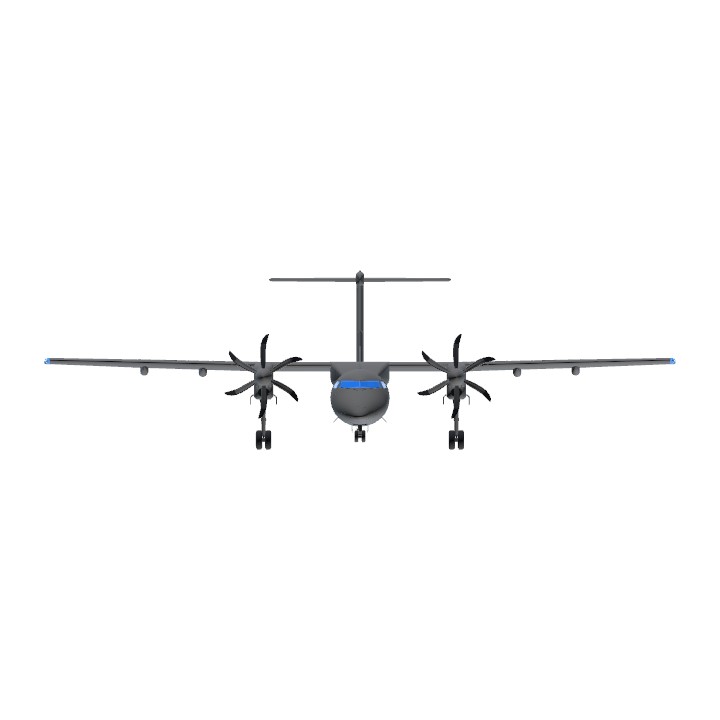
Wikipedia: The De Havilland Canada DHC-8,[2] commonly known as the Dash 8, is a series of turboprop-powered regional airliners, introduced by de Havilland Canada (DHC) in 1984. DHC was bought by Boeing in 1986, then by Bombardier in 1992, then by Longview Aviation Capital in 2019; Longview revived the De Havilland Canada brand. Powered by two Pratt & Whitney Canada PW150s, it was developed from the Dash 7 with improved cruise performance and lower operational costs, but without STOL performance. The Dash 8 was offered in three sizes: the initial Series 100 (1984-2005) and the more powerful Series 200 (1995-2009) with 37-40 seats, the Series 300 (1989-2009) with 50-56 seats, and Series 400 (1999-Present) with 68-90 seats. The QSeries (Q for quiet) are post-1997 variants fitted with active noise control systems.
Per a property transaction made by Bombardier before the 2019 sale to DHC, DHC had to vacate its Downsview, Toronto, manufacturing facility in August 2022, and as of August 2023 is planning to restart Dash 8 production in Wheatland County, Alberta, by no later than 2033. In the 1970s, de Havilland Canada had invested heavily in its Dash 7 project, concentrating on STOL and short-field performance, the company's traditional area of expertise. Using four medium-power engines with large, four-bladed propellers resulted in comparatively lower noise levels, which combined with its excellent STOL characteristics, made the Dash 7 suitable for operating from small in-city airports, a market DHC felt would be compelling. However, only a handful of air carriers employed the Dash 7, as most regional airlines were more concerned about the operational costs (fuel and maintenance) of four engines, rather than the benefits of short-field performance.
In 1980, de Havilland responded by dropping the short-field performance requirement and adapting the basic Dash 7 layout to use only two, more powerful engines. Its favoured engine supplier, Pratt & Whitney Canada, developed the new PW100 series engines for the role, more than doubling the power from its PT6. Originally designated the PT7A-2R engine, it later became the PW120. When the Dash 8 rolled out on April 19, 1983, more than 3,800 hours of testing had been accumulated over two years on five PW100 series test engines. The Dash 8 first flight was on June 20, 1983.
Specifications
General Characteristics
- Predecessor Bombardier Q400 Alaska new
- Created On iOS
- Wingspan 94.3ft (28.7m)
- Length 107.6ft (32.8m)
- Height 26.8ft (8.2m)
- Empty Weight 63,269lbs (28,698kg)
- Loaded Weight 74,837lbs (33,945kg)
Performance
- Power/Weight Ratio 0.585
- Horse Power/Weight Ratio 0.08
- Wing Loading 34.7lbs/ft2 (169.6kg/m2)
- Wing Area 2,154.2ft2 (200.1m2)
- Drag Points 9237
Parts
- Number of Parts 980
- Control Surfaces 5
- Performance Cost 3,970

